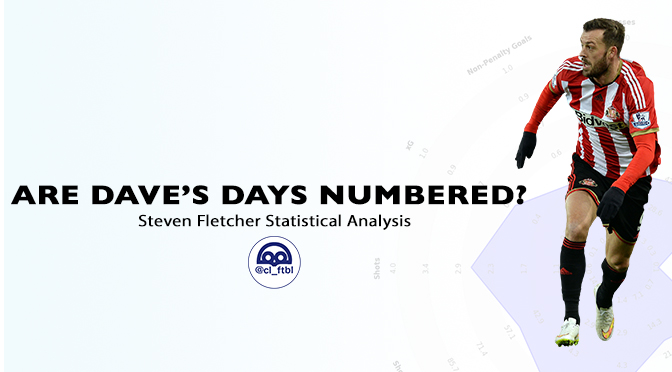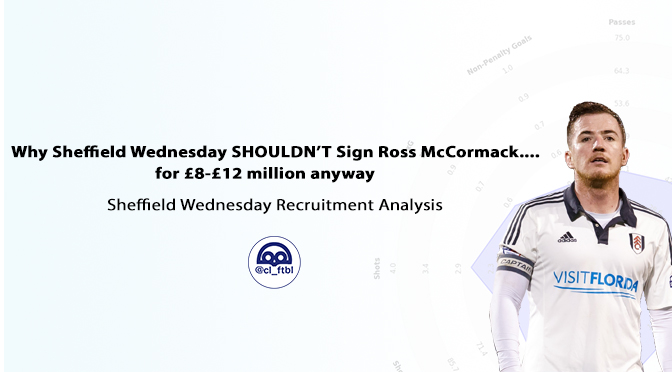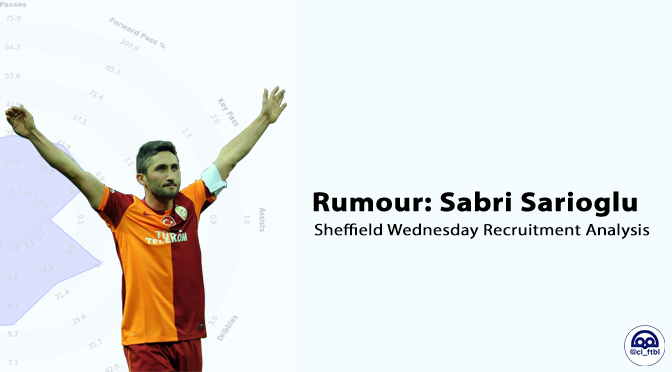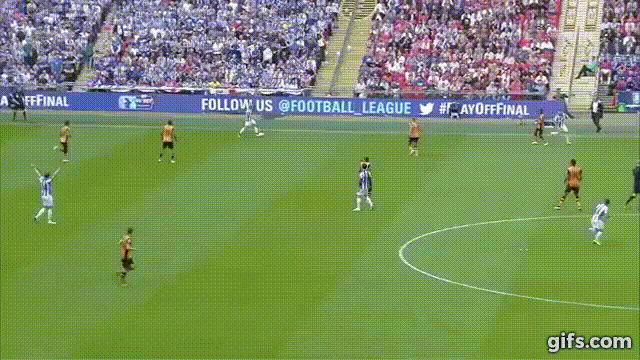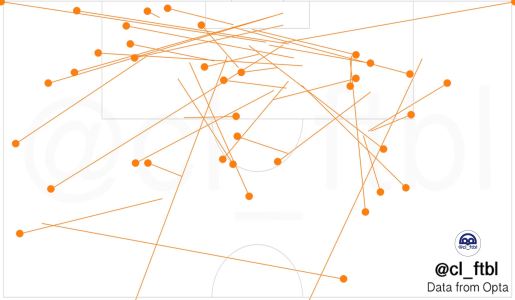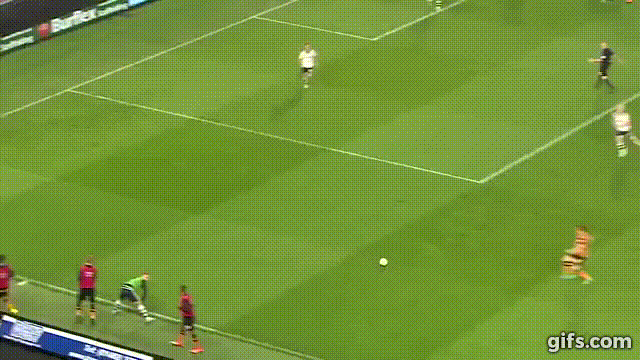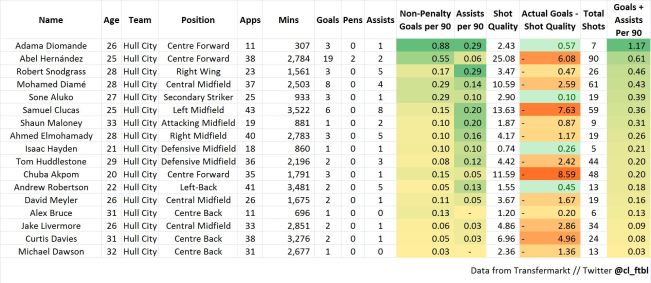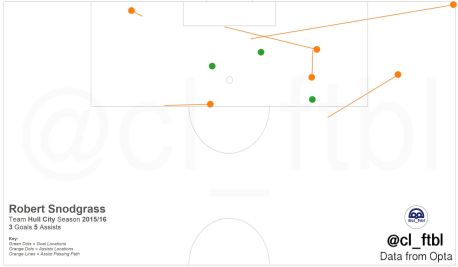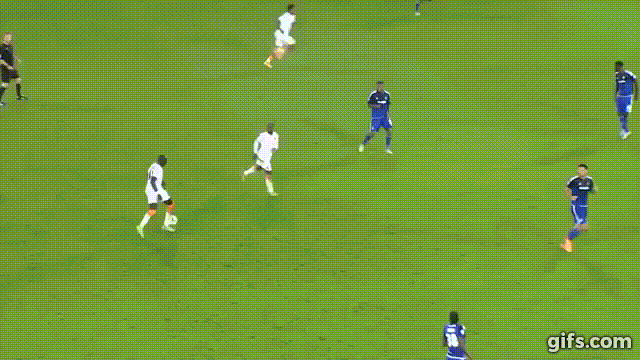
With Sheffield Wednesday announcing their first summer signing ahead of the new 2016/2017 campaign, I have taken a look at how new recruit Steven Fletcher compares to current squad members, paying particular attention to Atdhe Nuhiu. Having played on loan at Marseille towards the end of last season, his contract recently expired at Sunderland meaning he could join the Owls on a free transfer.
Goals
Steven Fletcher comes with a proven track record having played 7 seasons of Premier League football with Burnley, Wolves and Sunderland. As the stats from last season show, Fletcher instantly offers a greater goal threat than Nuhiu, before even taking into consideration a differentiation in leagues. He is also an overachiever in terms of goal output visible from the difference between Non-Penalty Goals and Chance Quality (xG). Just to briefly explain, Chance Quality looks at how many goals the average player would score when taking the same shots from the same locations as the player in question. As is clear from the difference, Fletcher overshoots by 0.07 meaning that his goal threat is 7% greater than the average player, playing the same amount of minutes and taking the same shots. Compare this to Atdhe Nuhiu who undershoots by -8%, Fletcher offers a 15% greater goal threat for the Owls.
Assists
As he will more than likely be playing upfront with Gary Hooper, Fletcher’s stats would suggest a potential link-up between the two. The fact that he plays more through balls and creates more chances than Nuhiu, could compliment Gary Hooper nicely, particularly as Hooper looks to play off these through balls and finishing the chances created for him. Despite Fletcher not producing an assist last season, the Assist Quality (xA) stat tells us that from the chances he created 0.95 worth of assists probably deserving of at least 1 assist. Compare this to Atdhe Nuhiu who generated 5 league assists last season, the same model ranked his assist quality at 1.46. Compare these to the minutes played on the radar and Steven Fletcher comes out marginally on top meaning he is creating marginally better chances per 90 minutes played.
Pressing
As is a big part of Sheffield Wednesday’s playing style (and Atdhe Nuhiu’s for that matter) the defensive actions in the opposition half is of big importance. As you can see from the “Oppo Half Turnovers” section of the radar plot, Atdhe Nuhiu leads the way in winning the ball back in the opposition half, winning the back 8.23 times per 90 mins compared to 7.09 times per 90 for Steven Fletcher. The impact of this is that although it’s slightly less than Atdhe Nuhiu, he still fits the bill as he is still attempting to win the ball back, especially when viewed against other players such as Hooper who only produces 3.04 turnovers per 90.
So are Dave’s days numbered?
I personally believe that Atdhe Nuhiu’s days aren’t numbered. Despite his finishing being particularly poor he carries strengths in other areas of the field which make him an asset tactically. Although he will probably not be first choice since the introduction of Fletcher, his strengths could prove useful towards the end of games where his strong aerial presence and defensive work rate could prove useful in chasing a late goal or holding onto a lead.


